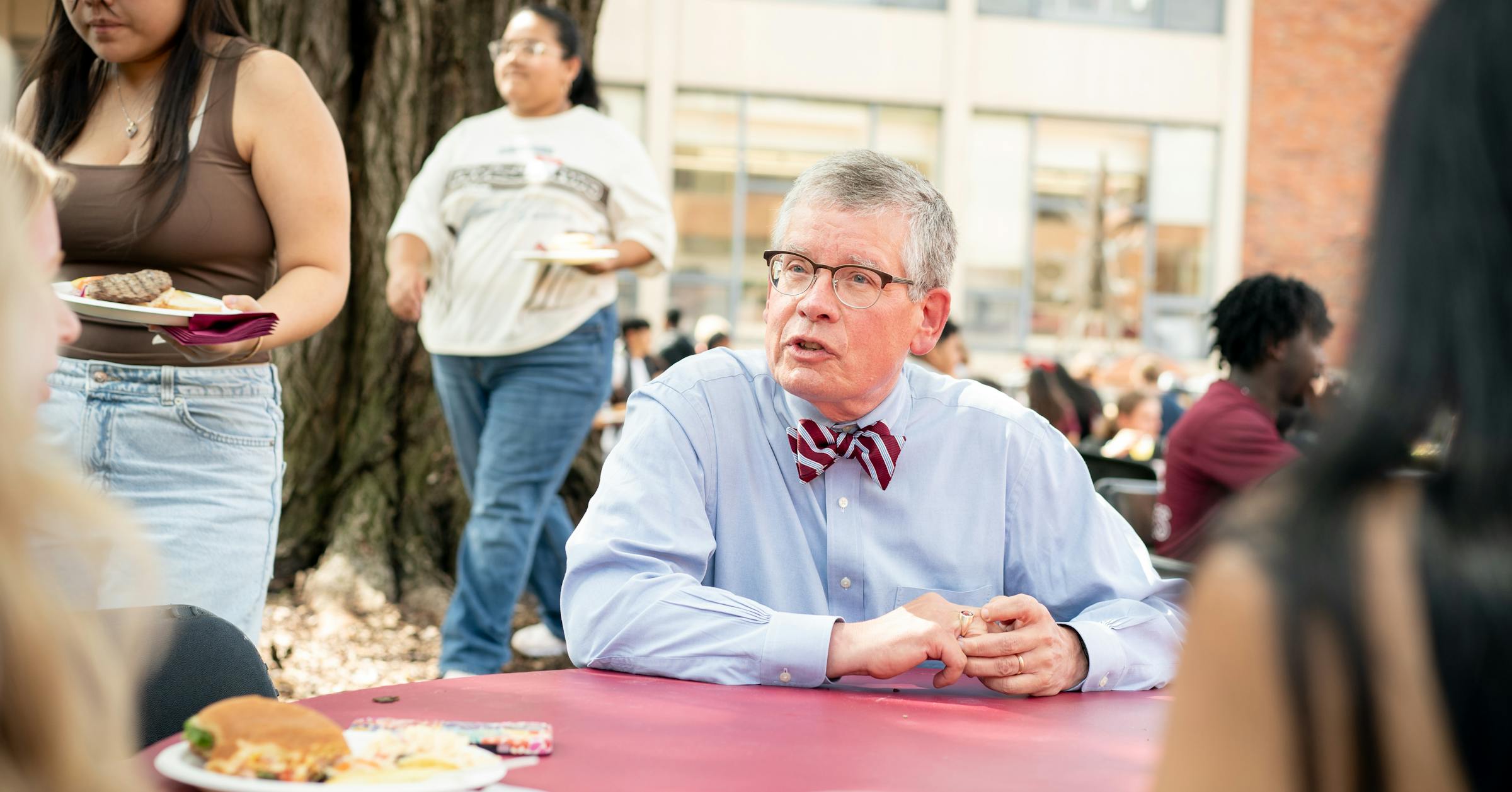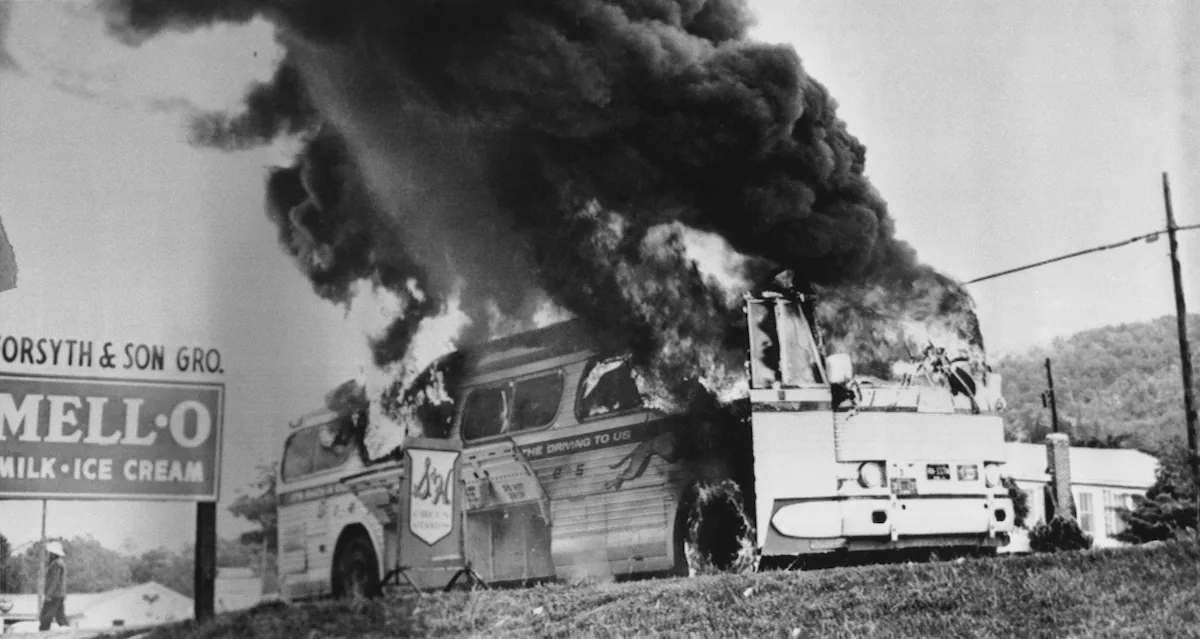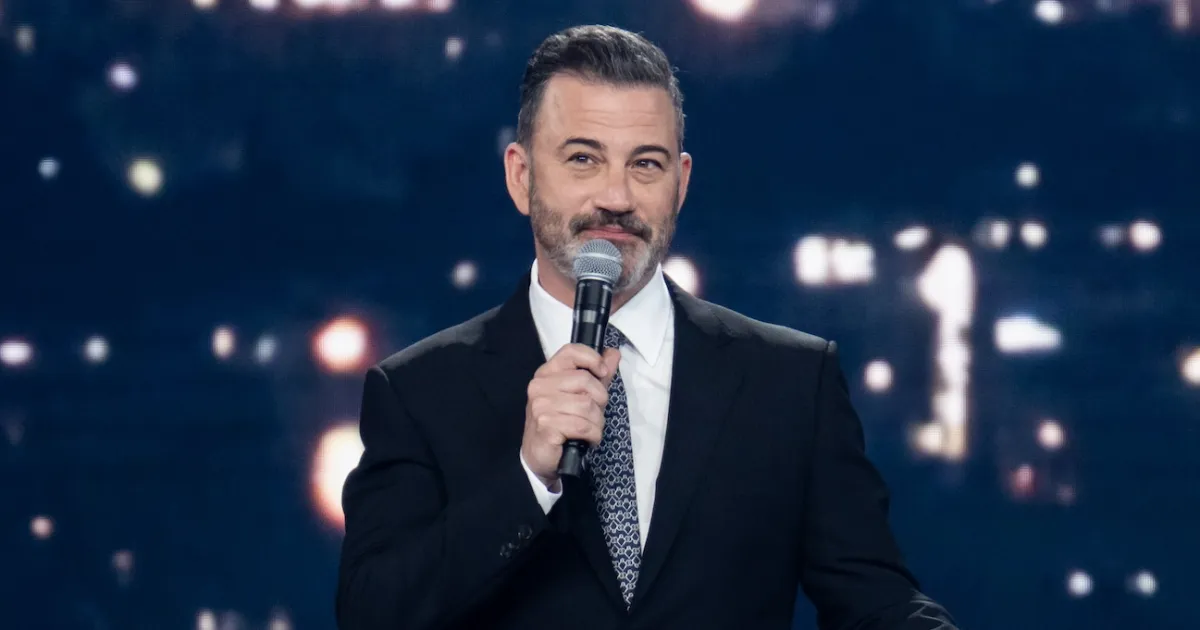
The 4.3 million Americans born in 2007, the nation’s record year for births, are turning 18 this year and are heading off to college, the military and the workforce.
So it’s no surprise that the class of nearly 700 first-year students at Augsburg University in Minneapolis this fall is the biggest ever. Raw potential, however, doesn’t account for the transformation happening at Augsburg.
Begun as a Lutheran seminary four years after the Civil War, Augsburg gradually transformed into a liberal arts university that felt like a small-town college in the middle of the state’s largest city. Like the six other Lutheran colleges in Minnesota, Augsburg long relied on its connection to the Scandinavian and German heritage of the Upper Midwest to attract students.
But from 2000 to 2014, Augsburg’s undergraduate enrollment fell about 30%. About a decade ago, Augsburg President Paul Pribbenow looked at demographic data and realized the school’s survival depended on its ability to attract more students of color.
“We leaned into the fact that the only growth in any demographics was in communities of color,” Pribbenow told me earlier this month. “We’ve been able to build trustworthy relationships in those communities, to develop specific pipeline programs for those students and work closely with the college readiness programs.”
Today, Augsburg has the most diverse student body by far of Minnesota’s private colleges; about 2 out of 3 Auggie undergrads are students of color and 55% of the entire student body are.
“We are the city college,” Pribbenow said. “There are still people who worry about quotas, like how can we say we’re a Lutheran college if we don’t have as many Lutherans. What I really want to say is we have the values of the Lutheran tradition, both the faith and intellectual tradition. This is our mission. These are the students we have in front of us.”
From around 1,900 undergraduate students a decade ago, Augsburg has grown to 2,500. Pribbenow said he expects it will reach 3,000 by the end of the decade, surpassing its peak years in the late 1990s and early 2000s.
That means Augsburg expects to fare well during the first years of what college administrators have come to know as the “demographic cliff,” reflecting the drop in births that began in the U.S. in 2008 and has continued since.
Like many schools, Augsburg now relies more heavily on a direct admissions process, notifying students with appropriate grades that they qualify for admission rather than waiting for them to apply. It has added new degree programs and even sports, including women’s flag football under a program supported by the Minnesota Vikings.
The Trump administration has been attacking colleges and universities under the guise of protecting Jewish students from discrimination and antagonism but with the larger goal of eliminating perceived liberal bias and left-leaning politics on campuses.
Augsburg’s roots are in the more liberal wing of the Lutheran church, and the school has a noteworthy record of local activism. However, Augsburg does not have a national profile politically.
Among college leaders, Augsburg is gaining attention because of its success attracting Black, Hispanic, Asian and Native students. For instance, after Education Secretary Laura McMahon harshly criticized college leaders in a speech at Hillsdale College earlier this month, the Chronicle of Higher Education asked Pribbenow to be one of three presidents to write a response.
A Lutheran Minnesotan whose modesty is stitched even into his bow ties, Pribbenow said he wrote something a little more provocative than he usually does. He said McMahon longed for a past that never was and that college was never meant to be “a safe place for our minds, because the world itself is not a safe place.”
“For those of us who believe in the public purposes of higher education, we live in the tension between the negative perceptions of higher education and the reality of what we do every day on the ground to support social mobility, economic well-being, and a robust common life,” Pribbenow wrote in his essay for the Chronicle.
He told me Augsburg just updated its general education curriculum for the first time in two decades. It is backing off, as other schools have, on the number of required hours in general courses to give students time for more variety in majors and minors.
Augsburg’s surveys of students show their top expectation of the school is to open career possibilities, which is an encouraging sign for the economic future of the Twin Cities.
“We educate students to make a living, to make a life and to build community,” Pribbenow said. “We believe those things are integrated into what we do here. And I mean, I’ll get up in front of any group of students or parents and say, ‘Look, number one, we’re gonna help your son or daughter get a job.’”
The official definition of long-term unemployed is those looking for work for six months and longer. In August, the long-term unemployed reached a post-pandemic high of more than 1.9 million.



